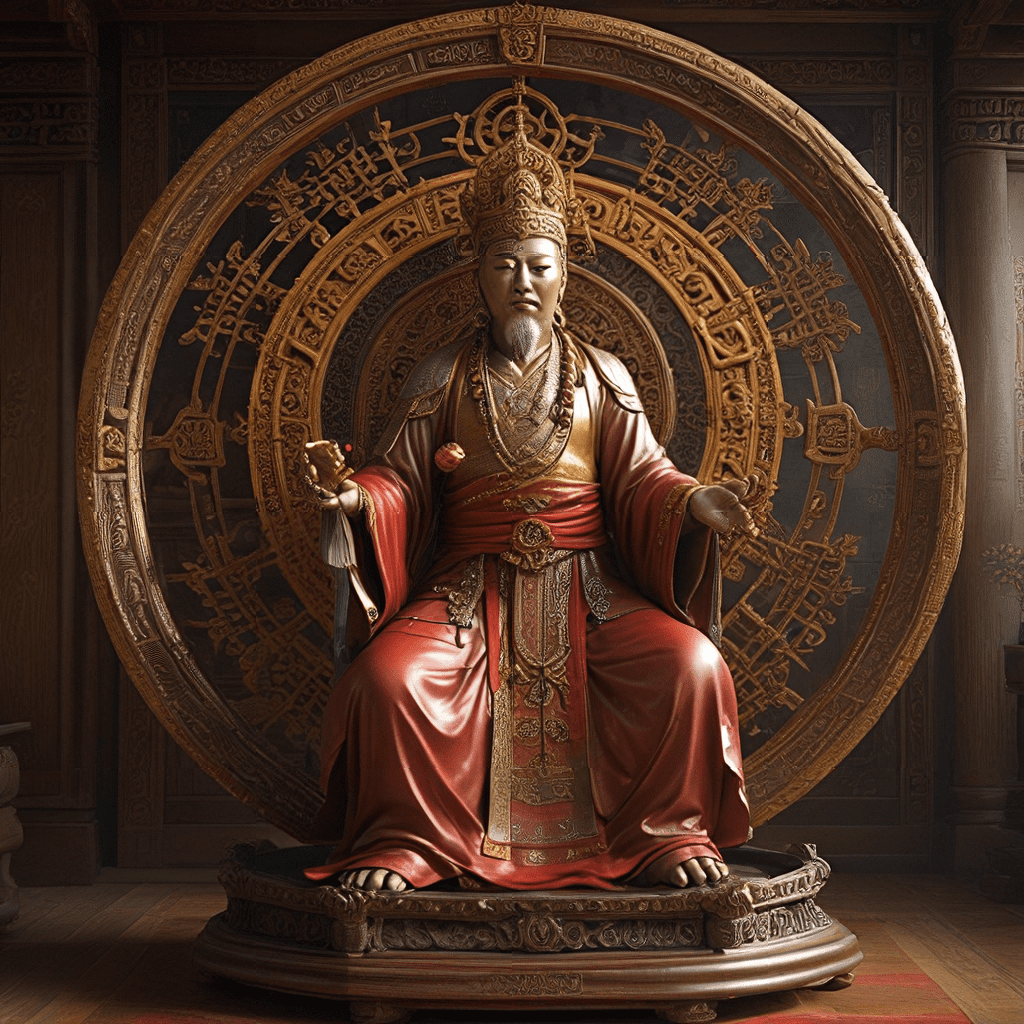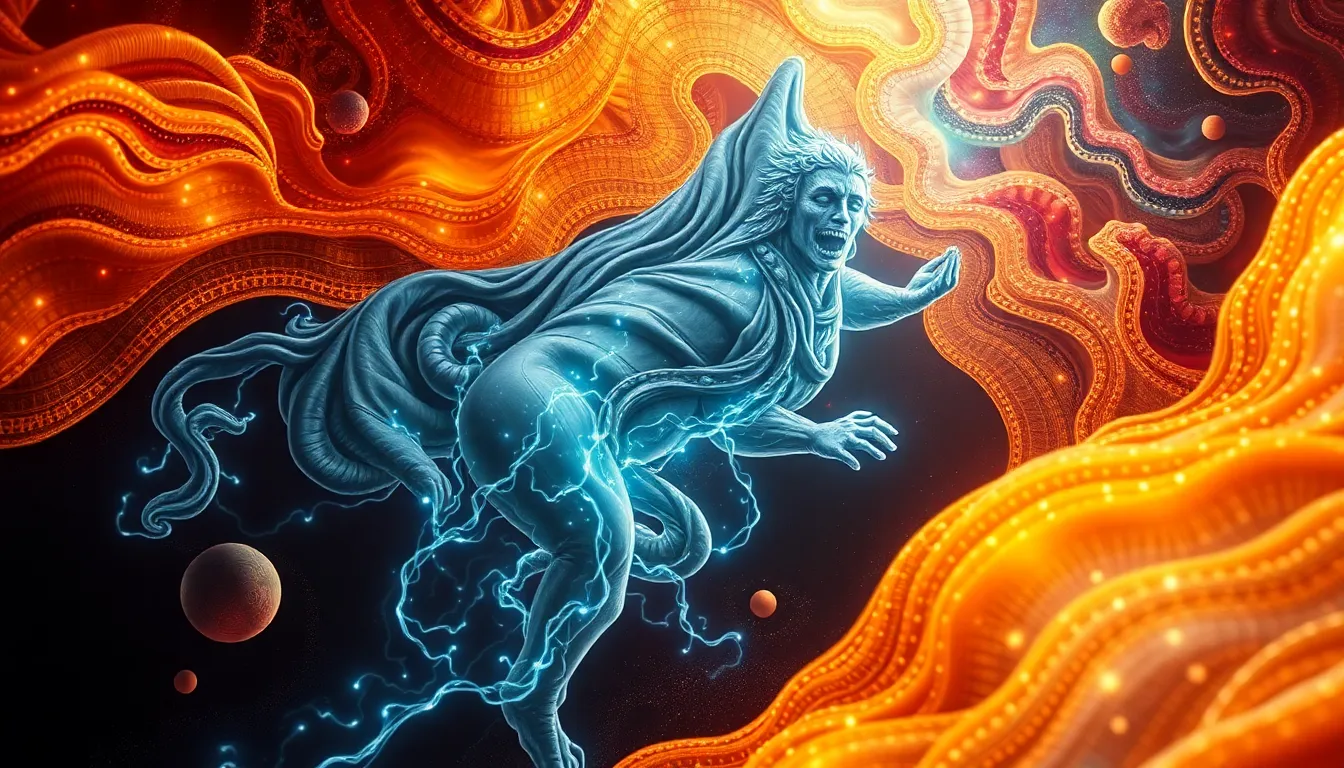Korean Triratna Symbolism: Unveiling the Secrets of Samjok-o
The Samjok-o: A Symbol of Unity and Balance
In the heart of Korean culture lies a powerful symbol, the Samjok-o. This ancient emblem, often depicted as a circular design with three connected circles, represents the core principles of Buddhism and the interconnectedness of all things. The term "Samjok-o" translates to "three-jewel circle" in English, hinting at its deep roots in Buddhist philosophy. It is a potent symbol of unity, balance, and harmony, embodying the fundamental values that underpin Korean spirituality and cultural identity.
The Legend of the Samjok-o: A Tale of Three Treasures
The origins of the Samjok-o are shrouded in myth and legend. One popular story narrates the tale of three treasures – the Dharma (teachings), Sangha (community), and Buddha (awakened one) – which were unified by a single circle, symbolizing their interconnectedness and interdependence. This legend underscores the foundational beliefs of Buddhism, emphasizing the importance of community, wisdom, and enlightenment in achieving spiritual liberation.
The Three Jewels of Buddhism: Dharma, Sangha, and Buddha
The Samjok-o's significance lies in its embodiment of the "Triratna," the three jewels of Buddhism: Dharma, Sangha, and Buddha. Dharma represents the teachings of Buddha, the path to enlightenment. Sangha refers to the community of practitioners who support each other on this path. Buddha embodies the ultimate goal of enlightenment, the state of perfect understanding and liberation. The Samjok-o visually encapsulates these three elements, demonstrating their interconnectedness and shared importance in the journey toward spiritual awakening.
Samjok-o as a Representation of the Triratna: Symbolism and Meaning
The three circles within the Samjok-o represent the Dharma, Sangha, and Buddha, symbolizing their interconnectedness. The circle itself is a powerful symbol in Buddhism, representing wholeness, perfection, and the cyclical nature of existence. The Samjok-o's circular form further reinforces the idea of interconnectedness and harmony, emphasizing the unity of all things within the universe. It also signifies the endless cycle of life, death, and rebirth, and the continuous pursuit of enlightenment.
The Samjok-o in Korean Art and Culture: From Temples to Everyday Objects
The Samjok-o, deeply embedded in Korean culture, appears in various forms. It adorns the walls of ancient temples, finds its place in intricate handcrafts, and is even incorporated into everyday objects like jewelry and clothing. The pervasiveness of the Samjok-o reflects its enduring importance in Korean culture, serving as a constant reminder of the values it represents: unity, balance, and spiritual awakening.
The Samjok-o and the Concept of Yin and Yang: A Balance of Opposites
The Samjok-o's interconnected circles also reflect the ancient Korean concept of Yin and Yang, which embodies the fundamental duality of existence. Yin and Yang, representing opposing forces like light and dark, male and female, and hot and cold, are complementary and interdependent. The three circles of the Samjok-o can be interpreted as embodying these opposing forces, emphasizing the importance of balance and harmony in achieving unity. The Samjok-o's circular form also symbolizes the continuous interplay and transformation of Yin and Yang, reflecting the cyclical nature of existence.
The Samjok-o as a Symbol of Harmony and Interconnectedness
Beyond its Buddhist and philosophical interpretations, the Samjok-o also holds deep cultural significance in Korea. It serves as a powerful symbol of harmony, interconnectedness, and the unity of all things. This symbolism extends beyond the realm of spirituality, reflecting the Korean belief in the interconnectedness of individuals, communities, and the natural world. The Samjok-o's three connected circles represent the harmonious coexistence of diverse elements within a unified whole, underscoring the importance of balance and unity in all aspects of Korean life.
The Samjok-o in Contemporary Korean Society: A Symbol of Resilience and Hope
Even in contemporary Korean society, the Samjok-o remains a potent symbol, representing resilience, hope, and the enduring strength of the Korean spirit. The Samjok-o's ability to withstand the passage of time and maintain its relevance in a rapidly changing world speaks to its inherent power and enduring significance. It serves as a reminder of the importance of unity, balance, and harmony in the face of challenges and adversity. The Samjok-o's enduring presence in Korean culture testifies to its ability to inspire and uplift, reminding people of the interconnectedness of all things and the shared journey towards a brighter future.
Theories on the Origin of the Samjok-o: Ancient Roots and Modern Interpretations
The origins of the Samjok-o are debated among scholars. Some believe it has a long history, dating back to ancient Korean shamanistic traditions. Others propose its roots lie in the introduction of Buddhism to Korea in the 4th century CE. The Samjok-o's resemblance to ancient Korean celestial symbols and its connection to Buddhist teachings suggest a complex interplay of influences, perhaps reflecting the evolution of Korean spiritual beliefs over centuries. This interplay of ancient tradition and Buddhist philosophy underscores the enduring power of the Samjok-o, a symbol that continues to resonate in the hearts and minds of contemporary Koreans.
FAQ
Q: What is the Samjok-o?
A: The Samjok-o is a circular symbol with three connected circles representing the Triratna (the three jewels of Buddhism): Dharma (teachings), Sangha (community), and Buddha (awakened one).
Q: Where does the Samjok-o appear in Korean culture?
A: You can find the Samjok-o in Korean temples, traditional art and crafts, jewelry, clothing, and everyday objects.
Q: What does the Samjok-o represent beyond Buddhism?
A: The Samjok-o also symbolizes unity, balance, harmony, interconnectedness, resilience, and hope in Korean culture.
Q: What is the significance of the circle in the Samjok-o?
A: The circle in the Samjok-o symbolizes wholeness, perfection, and the cyclical nature of existence, emphasizing interconnectedness and harmony.
Q: How does the Samjok-o relate to Yin and Yang?
A: The three circles of the Samjok-o can be interpreted as representing Yin and Yang, the opposing forces that are complementary and interdependent, highlighting the importance of balance.



